IOS on-line Workshop on National Education Policy 2020

A one-day on-line workshop on National Education Policy-2020 was oragnised by the Institute of Objective Studies on August 19, 2020. Spread over four sessions, the proceedings of the webinar were conducted by the member of the IOS general assembly, Shaikh Nizamuddin. Introducing the topic, he briefly explained the purpose of deliberations on the important policy document that had wider future ramifications.
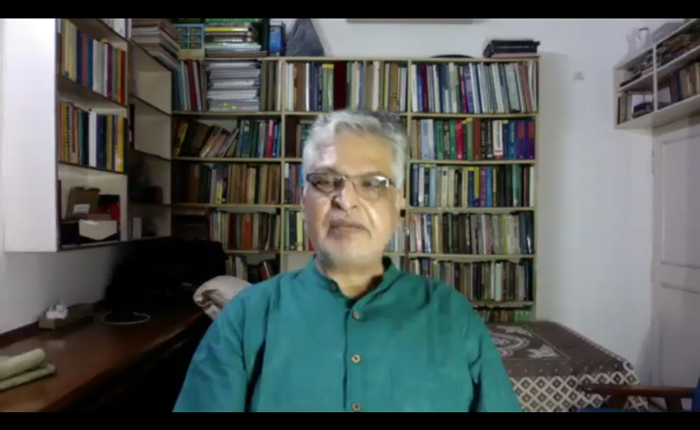
The theme of the session-I was devoted to “Vision and Ideational Dynamics’. Former Secretary General, Association of Indian Universities, Prof. Furqan Qamar, who initiated the discussion, held that one should be cautious while going through the New Education Policy-2020 that had just been cleared by the Union cabinet. With the name of the human resource development ministry having been changed to the ministry of education, no room was left for further consultation or suggestion on the subject. The draft that had been put in the public domain, had several versions and it was very difficult to decide which of them should be consulted. He pleaded that instead of rejecting the policy outright, thought should also be given to what the government intended to do. It had to be decided whether to go by semantics or the substance of the policy. The formulation of the new education policy had an integrated approach with several positive points having been factored in.
One of the main highlights of the policy was that during the course of education a student would learn everything up to class 12 or 15. The problem of high incidence of drop outs had been addressed by creating a modular structure under which if a student opted out of the course, he would be given a certificate. He said that lessons on ancient cultural and ethical values would be put in place and the vocational course would become a part of the curricula. Undergraduate degree programme would now be of four years duration. Besides, education would be multi-disciplinary, so that a student could possess some knowledge of other subjects.
However, this would become a reality only when all the institutions were equipped with multi-disciplinary facilities which majority of them were lacking today. He said that the new policy sought to do away with the practice of the affiliation of colleges with universities. They would be empowered to award degrees. He described these measures as progressive and forward looking. Revival of ancient Indian culture was not a new document as it was recommended much earlier by the Dr. Radhakrishnan Commission. The new policy mentioned 46 arts which had been taken from the works of Bana Bhatta. These included drama, music, dance; etc.
Dr. Radhakrishnan Commission too mentioned 18 arts in its report. While Muslim education institutions like Aligarh Muslim University and others had been left out, Takshila and Nalanda universities found place in the document.
He observed that while the term minorities had been used at two places, Urdu to which Muslims were emotionally attached, was completely blacked out. The document said that education would be imparted in the mother tongue but there was no clarity regarding home or local language. While madarsas and Muslim or minority educational institutions had not been mentioned, alternative schooling system found reference which triggered the speculation that these institutions might be covered under the new scheme. Though the policy was under implementation, its semantics and substance could still be debated. He advised the community to exercise caution on the new policy.
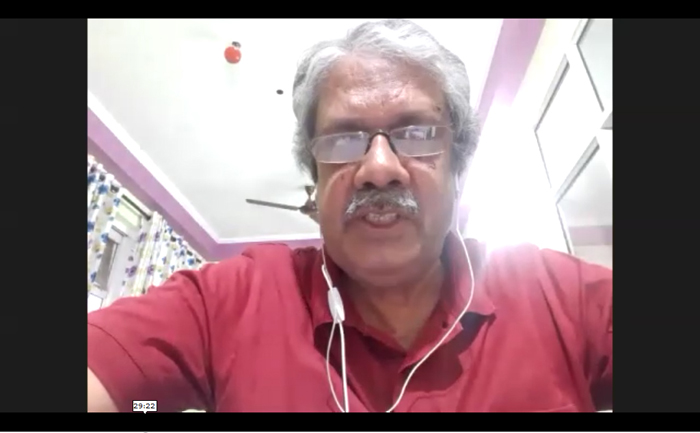
Former Vice-Chancellor of Magadh University, Bodhgaya, Prof. M. Ishtiyaq, observed that every government had its own agenda to implement. This government too had an agenda and the new education policy formed a part of it. No government could fulfill the aspirations and expectations of all the people. Commenting on the state of affairs in schools and universities, he said that many of them were without teachers getting their salaries. Highlighting the features of the policy, he held that teaching in mother tongue from class 5 would be introduced. Ten plus two system of education in secondary classes had been replaced by 5+3+4. Similarly, one body had been put in place to look after higher education. Besides, collaborative arrangements would be made between Indian and foreign universities to award joint degrees. Institutions of higher learning would be mandated to become self-dependent by generating their own resources. Cultural heritage of education, the one found in Nalanda and Takshila would be revived by promoting classical languages like Pali, Sanskrit and Persian. Post-graduate courses would be of one year for under-graduates who had completed 4 years. Adult education formulation would be developed and Indira Gandhi National Open University (IGNOU) would be roped in to perform the task. He said that the final draft of the policy came out after comprehensive churning by a number of organisations and academicians to develop India as a global knowledge super power.
.jpg)
Secretary General, IOS, Prof. ZM Khan, pointed out that the document must be examined in a wider perspective. The new policy was status quoist as the domination of elite classes persisted, leaving marginalised and weaker sections to fend for themselves. Instead of taking education system to the threshold of 21st century, it looked back to centuries old past where the voiceless were denied their democratic rights. He felt that the provisions made in the NEP (New Education Policy) were not reformed. Hence, experts in education must examine them in today’s context. He said that the organisations representing various communities and their suggestions were not taken into account while finalising the draft. He noted that since the needs of masses in general and communities, regions etc. were not met, the current system should not be left to itself.
While reiterating IOS commitment to keep a close watch on education, he took the government to task for privatising utility services, including higher education, adding that it had become a fashion to privatise everything. He said that public funding to the institutions of higher education was necessary in order to maintain standard. Underlining the need for a thorough exercise on the document, he cautioned that any laxity in this respect might cause irreparable damage to our diverse culture. He said that the will of the government was discernible in the document. Referring to the government’s bid to get Indian History re-written on ideological lines, he said that it should be taken as a fact sheet. But this government did not believe in it and was going ahead as planned. Opposing centralisation of education, he noted that the country was yet to spend 6 per cent of the GDP on education as the current spending stood at a little over 2 percent. Cultural sensitivity should have been presented in a more sincere manner, he added.
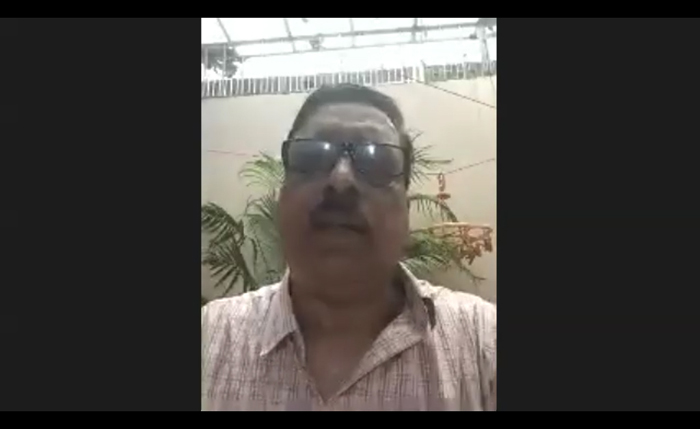
National Convenor, RTE Forum, New Delhi, Ambarish Rai, called for looking at the draft of National Education Policy in a wider perspective. The introduction to the document stated it was the third such education policy. He said that the Kothari Commission report, which came in 1968, took note of social concern. Things took an abrupt turn in 1986 when market economy received a boost on the heels of liberalisation. Current education policy was being unveiled following the recommendations of the Kasturirangan Committee. This committee was preceded by the Subramaniam Committee. He observed that by the 86th amendment to the Constitution in 2001, right to education was made a fundamental right. Painting a grim picture of the state of education, he said that today one lakh schools were without a single teacher, with 52 per cent of them without potable water. Besides, posts of one lakh teachers were vacant.
He charged the government with talking more and doing nothing concrete. The government had in a way negated the right to education. In the new educational framework, there was more emphasis on childhood education, realising little that India was too late on this. He expressed reservations about the 5+3+3+4 formula and leaving students to the mercy of Anganbadis. He also expressed dismay over the deletion of a substantial portion of Kasturirangan Committee recommendations of the Right to Education. As against the opinion of the experts that the spending on education must be more than 6 percent of the GDP, the country was currently spending about 3 percent.
This went against the election manifesto of the BJP that promised 6 percent spending on education. He said that in order to replenish spending on education, the UPA government had levied a cess. But that was discontinued by the present dispensation. India had emerged as a big education market of the world and multinational companies were anxious to invest in $18 billion on-line education business. It was a “conspiracy”. That was the reason why the companies with developed technology had conspired to implement on-line education. He also opposed vocational education from class 6. Referring to Urdu, he said that it found no place in the document, adding that the language did not belong to any particular religious community. It very much belonged to the country.
He said that this government was hell-bent on privatising education by way of centralisation and de-regulation of higher education. Government was unwilling to provide funds to universities and other institutions of higher learning. It had asked them to generate their own funds putting the future of the poor, Dalits and other weaker sections, who had been somehow affording cheap fees, into jeopardy. He held that the new policy had been formulated under the pressure of players in the private sector.
He expressed concern that the children of about 12 crore people who had been rendered jobless due to lockdown in the wake of Covid-19 pandemic were unwelcome to government schools that lacked basic facilities like potable drinking water, lavatory and handwash. In Jharkhand about 40,000 schools were closed down on the ground that they were unviable, he concluded.
In his concluding remarks on the first session, Prof. ZM Khan said that the IOS would discuss the new policy threadbare. All the issues related to the policy would be taken up item-wise so that the views of experts were reflected in the final assessment.
Session-II
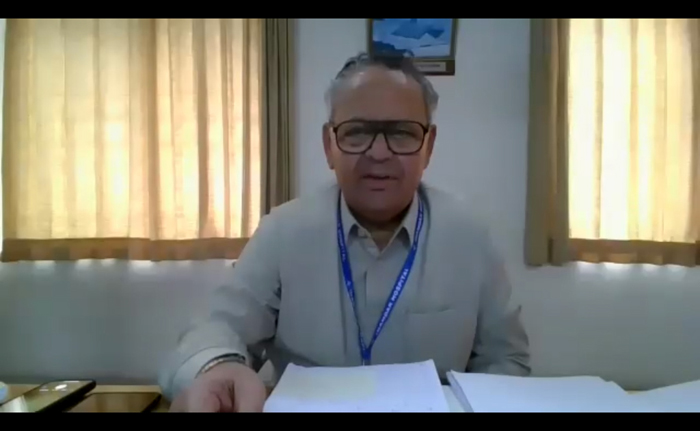
The second session focused on ‘Content Analysis of Major Recommendations: Structural and Functional Details’. The session had eminent educationist PA Inamdar as the first speaker who expressed the view that new policy had nothing to do with the minorities. In between, several committees would be formed to suggest ways and means of giving practical shape to it. There was a mention of mother tongue as a medium of teaching. But the process of technology-based education had already begun. People must ready themselves for meeting the new challenges thrown by the policy.
He said that the goal of providing a government school within a radius of one km had not been achieved, and it would be prudent to go to the court for direction to the government to do so. He wanted to know why the members of the management of colleges sent their children to English-medium schools. They preferred English-medium school over the madarsas because the former assured them a bright future. He suggested that the madarsas should impart education in three shifts. While modern education be imparted in the morning, religious and regulated education be given in the noon and evening respectively.
He asked the Muslim community leaders who were working in the field of education to strengthen existing schools instead of opening new ones. An English teacher could be engaged on a monthly salary of about Rs 7,000 per month. He counselled the Muslim community not to have an inferiority complex, or think negatively. The community should forge ahead by setting negative thinking aside. He said that of late, the value of knowledge had increased leading to decline in the value of certificate courses. Thus, there was need for the community to fully utilise knowledge. Everybody had talent but it could be proved only when the opportunity came along. The community’s approach should conform to the circumstances and it should train youth in the use of technology, particularly working on-line, he emphasised.
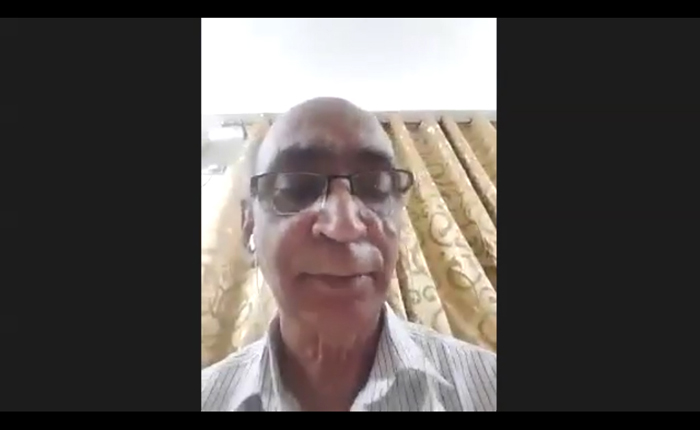
Prof. Shoeb Abdullah from the Department of Teachers Training and Non-formal Education, Jamia Millia Islamia, raised certain questions on the feasibility of the measures to streamline school education, so that the goal of access to universal education was achieved. While there was no mention of agencies that would provide quality education, anganbadis were set to be especially trained to educate 3-5 age group children who would be handed over to teachers later. This had been named as foundational literacy. He said that the document referred to trained volunteers without clarifying who would they be to receive children for imparting education. He expressed the fear that a few people would be engaged as teachers with cheap remuneration to them.
There was also a mention of philanthropic organisations as players in the field of education, but their names or nature of their activities, had not been disclosed. Gurukuls, Pathshalas and Madarsas had been referred to as inputs. There would be four stages of education: 5 years, 2 years, 3 years and 4 years. Emphasis had been laid on the development of multi-lingualism. This meant development of mother tongue and the local language. He said that the document also spoke of enforcing three-language formula. National assessment centres were sought to be set up lending credence to the fear that the way for centralisation of education system was being paved. He insisted that thousands of schools had been shut because of non-existence of school complexes. This apparently pointed to the attempt at privatisation of school education, he said.
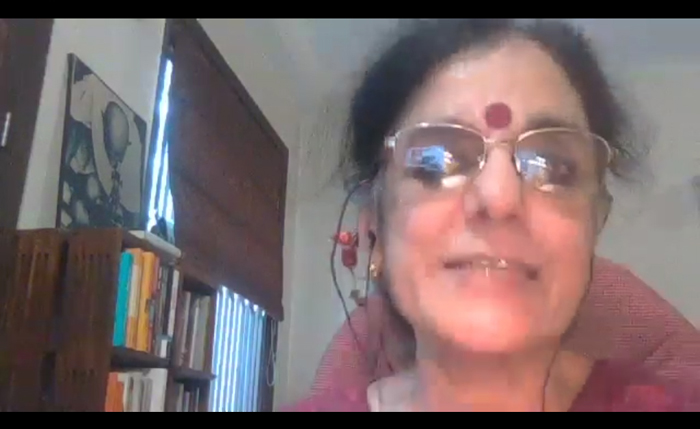
Prof. Anita Rampal, Professor, Elementary & Social Education, University of Delhi, observed that the policy that took five years to make came out after decades. Referring to quality, equity and flexibility of education as outlined in the policy, she said that the RTE was being dismantled. One of the casualties of this policy had been the state of Rajasthan where about 22,000 schools were being closed down for being “unviable”. Holding that learning was different from tutoring, she said the reference to tutor in the policy carried no meaning. It was also futile to link two years of primary schooling to Anganbadis. Similarly, foundational education would be compromised because of the damage it might cause to children coming from backward areas at the initial stage.
Another provision which drew criticism was vocational education to boys after 16 years of age on the plea that it did not recognise exclusion of the backward and deprived communities. She said that this policy amounted to legimatising drop-outs which was being questioned by several science academics. There was lack of commitment to good quality of education. Universal access to education meant nothing today. Privatisation of education too was being questioned in certain quarters. Indian Institutes of Technology had also questioned the NEP, which inter alia left the decision of hike in the pay of the teachers of IITs to the Board of Governors. The setting up of National Testing Agency and the National Assessment Centre for guiding states, also came under criticism. She noted that digital technology was being employed whereas only about 60 percent students had access to this device. She hailed the decision of Hyderabad University not go ahead with on-line education. Summing up the session, Prof. Shoeb Abdullah said that by 2030, teacher education programme would become compulsory. Graduates opting for programme of education (B.Ed.) would have to spend two years for entitlement to the degree. Since 90 percent B.Ed. courses were being run by private institutions, they would face closure. Under the new arrangement, only 10 percent of them would survive, he noted.
Session-III
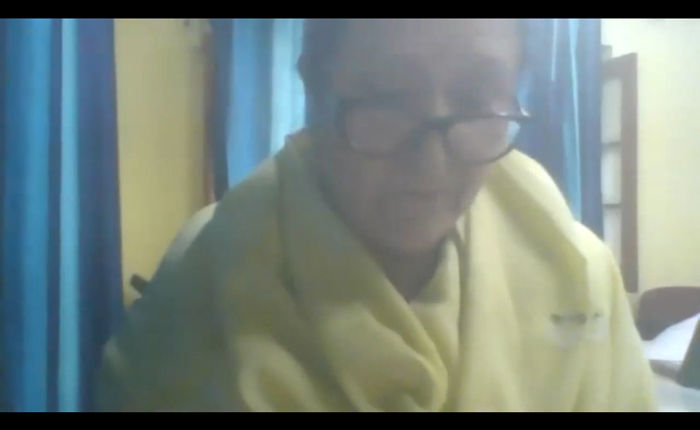
The third session focused on Issues related to minorities and marginalised sections of society. Initiating the discussion, Controller of Examinations and Director (Admissions), Central University of Kashmir, Srinagar, Prof. Parveen Pandit emphasised the need for context analysis of the document. Teachers were grounded in Indian ethos and being the crux of the entire school system, the administration (principal) should organise workshops and programmes for the development of leadership. Multi-disciplinary institutes must be put in place to establish proper linkages of the institutions of higher learning with schools. She pleaded for developing curricula designing ability among Ph.D. scholars. She also called for continuous development of faculty of education. While several institutes of teacher education were doing well, experimental schools were yet to receive attention, she said.
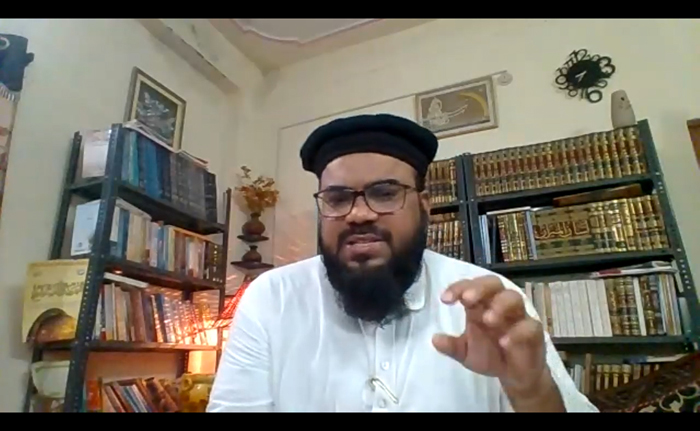
Islamic scholar and educationist from Hyderabad, Maulana Omar Abedeen, complained that attempts were being made to privatise educational institutions by ignoring the very nature of India, which was moving towards homogeneity by giving a silent burial to the age old tradition of diversity. Inclusion was much touted since 2011 but the real motive behind this was to deprive the marginalised sections of their rights. A senior RSS leader’s statement that 60-70 percent demands of the saffron organisation had been met in the NEP left no one in doubt that the new education policy was heavily titled in favour of majoritarianism. He said that about 2.5 lakh proposals were sent to the government for consideration but it failed to cut much ice. By and large the suggestions made by saffron outfits were accommodated. For the first time, the NEP was silent over madarsa or maktab, though there was reference to alternative schools, it had not been defined. For higher education, national education curriculum was being designed to make it mandatory for candidates to quality for it. Similarly, scholarship available to SC/ST and minorities was being abolished. Henceforth, scholarship would be awarded only on merit.
Secularism and socialism were being replaced with the Vedic philosophical thought. The period of Muslim rule after 12th century AD had been deleted from courses. Both the Prime Minister and the education policy laid more emphasis on output than input. Commenting on the on-line education, he said that it was being accorded legal status. But according to a report prepared by the Hyderabad University, only 25 percent students had access to on-line education. In order to give a boost to on-line education, Google had reached a multi-billion dollars agreement with the Reliance Group. Arabic, one of the leading languages and was being spoken all over the world, had been replaced with Sanskrit, which was the language of only 25,000 people. He said that the national curriculum framework would be based on ancient Hindu culture in which Panchatantra would be included. The proposal to form a group consisting of SC/ST and transgenders would give rise to racism in the country. He suggested that Muslim organisations should remain alive to the situation and consider making their own education policy.
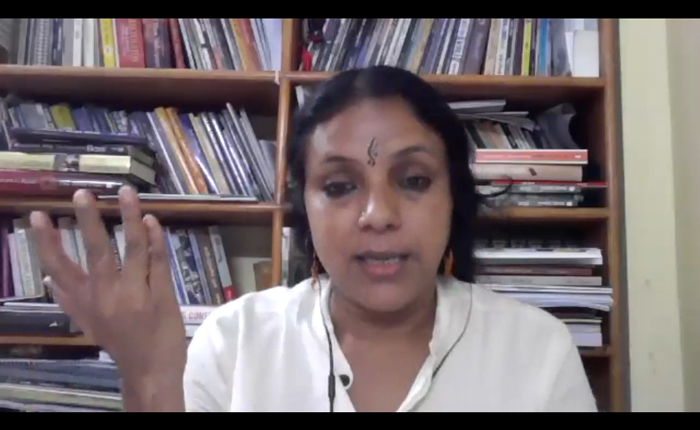
Senior journalist, Bhasha Singh, while questioning the time of unveiling new education policy, stated that the secular fabric of the Constitution was being destroyed. This policy sought to make sweeping changes in text books by undoing all finer things that India stood for. Not a single line had been devoted to affirmative action. This simply meant that SC/ST would be given a raw deal. This policy was a multi-layered sugar-coated pill that tasted sweet but had bitter effect. Marginalised and other weaker sections were not going to benefit because the number of 50,000 institutions had been reduced to 3,000. Besides, this was a hundred per cent excluded for women who were not well off. Instead of taking education to the door steps of the poor and deprived sections, it was being marketed to benefit the rich. This had started having a cascading effect on students who could not afford a digital device to attend virtual classes. Several suicides by students had been reported in the recent past.
Describing the stress on awarding diploma in case a student left the degree course mid way as an exercise in futility, she said that a diploma could not fetch a job. Referring to the study of ancient Indian culture, she said that it meant nothing but the imposition of Manuwadi culture that was anti-women. Similarly, there was much excitement over the tie-up with private institutions. These were none else but lakhs of Saraswati Shishu Mandirs run by the RSS across the country. As far as vocational education at an early stage was concerned, it entailed nothing but providing training to students in the traditional vocation of their caste. The slogan of Naya Bharat (New India), Naya Vidhan (New System) went against the interest of Muslims, Dalits, marginalised sections and women. She concluded by saying that on-line education might not benefit 85 percent of the population that consisted of deprived sections, but the Ambanis would be major beneficiaries.
Session-IV
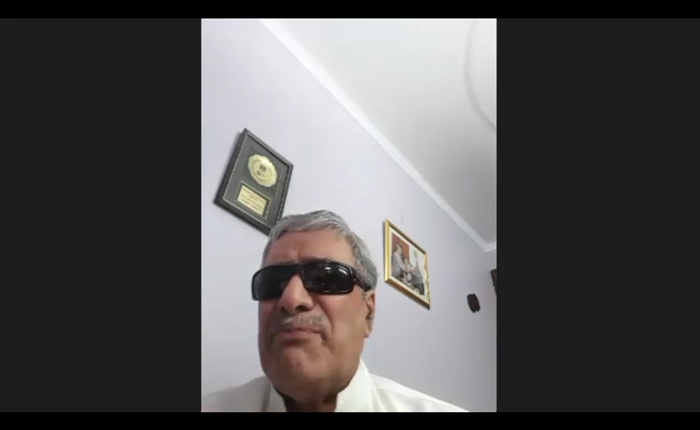
The fourth session was devoted to ‘Opportunities and Interventions’. Prof. M Aslam, Former Vice-Chancellor, IGNOU, New Delhi, who was the first speaker, observed that around two lakh suggestions on NEP were received by the ministry of human resource development. He opined that the NEP was a comprehensive and well-worded document that offered a framework for the destiny of the country. He pointed out certain problems that needed to be addressed. One such issue was related to universalisation of education. The second was pertaining to the position of RTE after the new policy was implemented. Still there was a big challenge to the existing 10+2 system. There was not yet any clarity about State intervention. The issue of increasing number of drop-outs too had not been addressed and nobody knew how the government would go about it. While the Centre expressed its commitment to provide holistic education, the strategy for developing analytical and decision-making skill had not been specified. In order to improve the quality of teaching, four-year B.Ed. programme (multi-disciplinary) was being designed. Commenting on the development of sign language, he said that the IGNOU was credited with introducing it for the first time in the country. He also felt that introduction of vocational education from class 6 would have wider ramifications. Laying stress on equity and access to education, he said that it should be inclusive and equitable. He believed that the NEP was a guiding document for the future of the country. Since education ensured economic and social development, opening good schools was the need of the hour, he added.
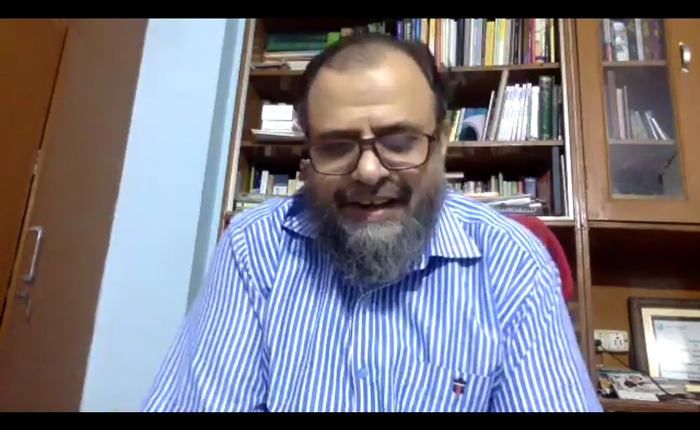
Prof. M Afzal Wani, Professor of Law, Guru Gobind Singh Indraprastha University (GGSIP) and Vice-Chairman, IOS, Delhi, explained how legal regime or legal system changed with the change of world order since 1995. Hundreds of laws were amended to offer opportunities and interventions. NEP too was in line with the changes that had been taking place. NEP, he said, referred to plurality, inclusiveness and the Constitution. The new education policy document should be implemented to attain constitutional goals. These goals had been clearly specified in the Preamble to the Constitution, Fundamental Rights and the Directive Principles of State Policy.
He believed that the NEP could prove beneficial for Muslims if they could utilize it. The onus of nation-building devolved on Muslims also. He said that he had explained the relationship between law and education in his book ‘Constitutionalism and Education’ some 22 years ago. He commented that it was not always rightful for the Muslim community to tread the course of confrontation, but welcome the new policy and grab the opportunity. At a time when privatisation had become a catchword, why not think of being investors? Privatisation had opened gates for private sector which would require qualified people. Muslims could prepare themselves for the race. Privatisation also offered an opportunity to establish Urdu medium schools. He advised the members of the community against dejection and asked them to learn Sanskrit and excel in that language. Referring to the message of the Qur’an, he said that the Holy Book preached peace, religious tolerance and guided the humankind. A Momin was a person of discernibility and he should not feel pain about other religions. He called upon the people of all faiths to come together and make the nation great. It was time to assess the performance of Muslims during the last 800 or 1400 years. He urged the community not to be fearful of change and respond to it in accordance with law.
He stressed the need for promotion of Arabic language to the extent of getting our access to the world's best source of knowledge, the Qur'an. It should become our home language, he said. This can further help us develop international understanding as required by Article 51 of the Constitution of India and give boost to India's relations with many important countries of the world.
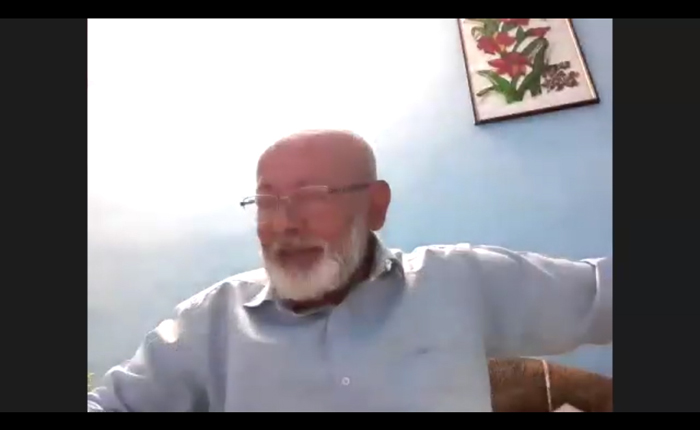
Presiding over the webinar, the chairman, IOS, Dr. M. Manzoor Alam, recalled an event in 1987 where the veteran BJP leader KR Malkani was present. He said that Malkani was asked why the RSS was always making conflicting and confusing statements. Malkani retorted that it was a part of their policy. Referring to the NEP, Dr. Alam pointed out that its intent was to impose a hierarchical system above all. He indicated that a committee of experts would be set up to go into all aspects of the document and prepare a report. He said that it was a tested formula to abolish language and the history of a community to make it non-existent. Today, Israel was pursuing the same policy. He stressed that similar webinars should be organised at the regional level.
In his concluding remarks, Prof. ZM Khan remarked that by organising a webinar on the most topical issue today, the IOS reiterated its commitment to demonstrate its concern. Indian history had reached a crucial juncture and any reticence on the issue would be called to question, he pointed out.
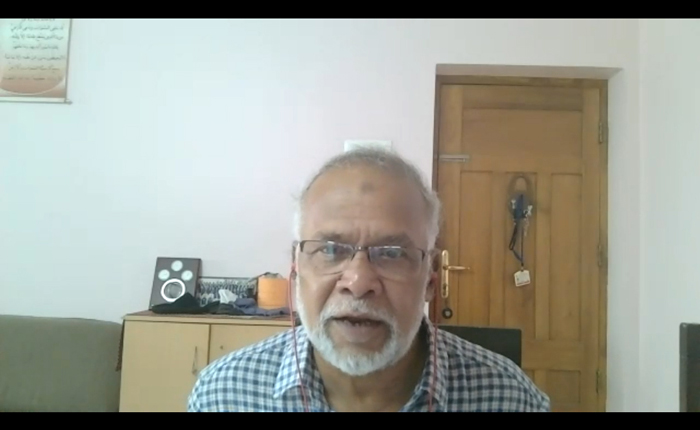
At the end, Sheikh Nizamuddin proposed a vote of thanks to the speakers as well as those who attended the webinar.
Go Back